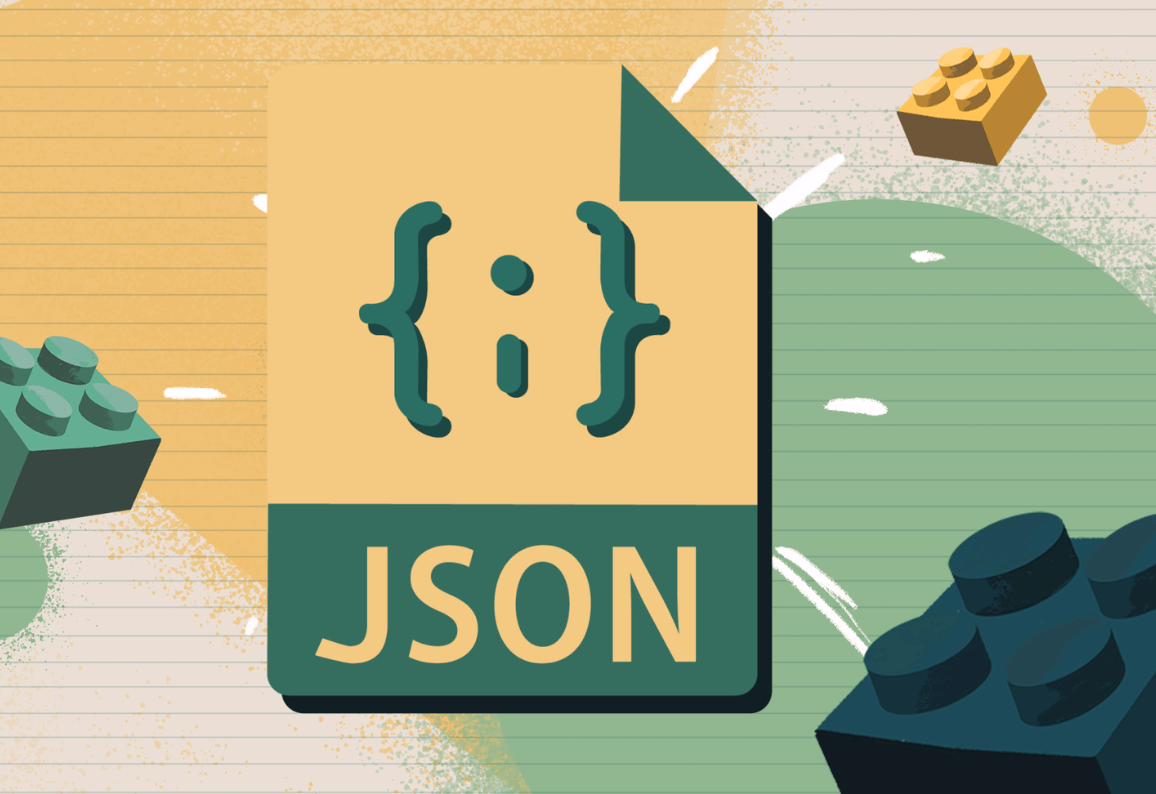Learn the fundamentals of JSON Structure and Error Handling in JavaScript & React in this detailed guide. Understand common JSON errors, best practices for validation, and various error-handling techniques like try...catch, throw, finally, and custom error creation. Enhance your debugging skills and build more reliable applications!
JSON Structure & Error Handling in React and Javascript
Introduction
Welcome, developers! In this blog post, we’ll explore two fundamental concepts in React, JavaScript and web development: JSON Structure and Error Handling. Whether you're working on frontend applications with React or handling API responses in a backend environment, understanding these topics is crucial. Let’s dive in!
Understanding JSON Structure
What is JSON?
JSON (JavaScript Object Notation) is a lightweight, human-readable format used to store and exchange data, particularly between a server and a client. JSON follows a structured format consisting of key-value pairs, arrays, and nested objects, making data organization seamless.
Example of a JSON Structure
{
"user": {
"name": "John Doe",
"age": 25,
"email": "john.doe@example.com",
"isVerified": true,
"interests": ["Coding", "Reading", "Traveling"]
}
}
Key JSON Formatting Rules
✅ Keys must be enclosed in double quotes.
✅ Values can be strings, numbers, booleans, arrays, or objects.
✅ No trailing commas are allowed.
Common JSON Errors & Validation
Mistakes in JSON formatting can lead to parsing errors. Let’s look at some common mistakes and how to fix them.
❌ Common JSON Errors:
-
Missing Quotes:
{ name: "John Doe" } // ❌ Incorrect
✅ Correct:
{ "name": "John Doe" }
-
Trailing Comma Issue:
{
"name": "John Doe",
"age": 25,
} // ❌ Incorrect (trailing comma after last property)
✅ Correct:
{
"name": "John Doe",
"age": 25
}
-
Using Single Quotes Instead of Double Quotes:
{ 'name': 'John Doe' } // ❌ Incorrect
✅ Correct:
{ "name": "John Doe" }
✅ How to Validate JSON?
Use online JSON validators like jsonlint.com to detect errors and ensure correct formatting.
Error Handling in JavaScript
Error handling is an essential part of JavaScript development, ensuring that applications run smoothly without unexpected crashes.
1. Using Try-Catch for Error Handling
The try...catch block allows you to handle runtime errors effectively.
try {
let result = 10 / 0;
console.log(result);
} catch (error) {
console.log("Caught Error: " + error.message);
}
✅ How It Works?
-
The try block contains the code that might throw an error.
-
If an error occurs, the catch block captures it and displays a message instead of crashing the application.
2. Using the throw Statement
The throw statement allows you to define custom error messages.
function divide(a, b) {
if (b === 0) {
throw new Error("Zero se divide nahi kar sakte!");
}
return a / b;
}
try {
console.log(divide(10, 0));
} catch (error) {
console.log("Caught Error: " + error.message);
}
✅ Why Use throw?
3. Using finally Block
The finally block executes regardless of whether an error occurs.
try {
console.log("Executing Try block");
let x = y; // This will cause an error
} catch (error) {
console.log("Error Caught: " + error.message);
} finally {
console.log("Finally block always executes");
}
✅ Use Case: Useful for cleanup operations like closing database connections or saving files.
4. Understanding JavaScript Error Objects
JavaScript provides built-in error objects with useful properties:
try {
let num = undefinedVar;
} catch (error) {
console.log("Error Name: " + error.name); // ReferenceError
console.log("Error Message: " + error.message);
}
🔹 Common JavaScript Error Types:
-
ReferenceError – Using an undefined variable.
-
TypeError – Performing invalid operations (e.g., calling a method on null).
-
SyntaxError – Writing incorrect JavaScript syntax.
-
RangeError – Exceeding the allowable range of values.
5. Custom Error Handling
You can create your own error classes for better debugging.
class CustomError extends Error {
constructor(message) {
super(message);
this.name = "CustomError";
}
}
try {
throw new CustomError("This is a custom error!");
} catch (error) {
console.log(error.name + ": " + error.message);
}
✅ Why Use Custom Errors?
Conclusion
Understanding JSON Structure and Error Handling in JavaScript is essential for writing reliable and efficient code. Here’s a quick recap:
✅ JSON Best Practices:
✅ Error Handling Strategies:
-
Use try...catch for handling runtime errors.
-
Utilize throw to create custom errors.
-
Leverage finally for cleanup operations.
-
Understand JavaScript Error Objects.
-
Implement Custom Errors for better debugging.
To understand in detail, visit our YOUTUBE CHANNEL







